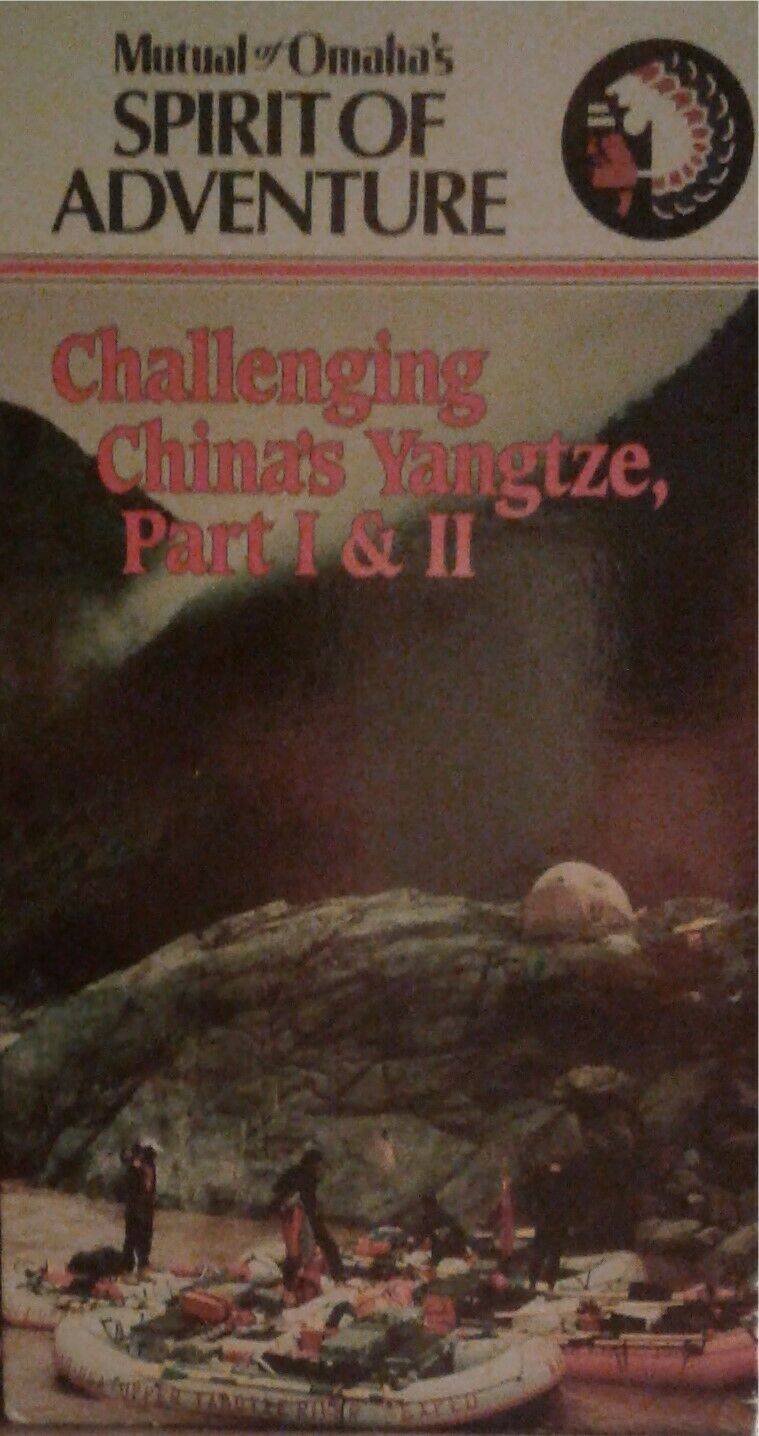-40%
Yangtze River Expedition 1986 / Boatman's Memorabilia
$ 528
- Description
- Size Guide
Description
The Tibetan Plateau, also known in China as the Qinghai–Tibet Plateauor the Qing–Zang Plateau
or as the Himalayan Plateau in India, is a vast elevated
plateau
in Central Asia, South Asia and East Asia, covering most of the
Tibet Autonomous Region
, Northwestern
Yunnan
, Western half of
Sichuan
, Southern
Gansu
and
Qinghai
provinces in
Western China
,
Indian regions
of
Ladakh
and
Lahaul and Spiti
(
Himachal Pradesh
) as well as
Bhutan
.
It stretches approximately 1,000 kilometres (620 mi) north to south and 2,500 kilometres (1,600 mi) east to west. It is the world's highest and largest plateau, with an area of 2,500,000 square kilometres (970,000 sq mi)
With an average elevation exceeding 4,500 metres (14,800 ft) and being surrounded by imposing mountain ranges that harbor the world's two highest summits,
Mount Everest
and
K2
, the Tibetan Plateau is often referred to as "the
Roof of the World
".
The Tibetan Plateau contains the
headwaters
of the
drainage basins
of most of the streams in surrounding regions. Its tens of thousands of
glaciers
and other geographical and ecological features serve as a "water tower" storing water and maintaining
flow
. It is sometimes termed the
Third Pole
because its ice fields contain the largest reserve of fresh water outside the polar regions. The impact of
global warming
on the Tibetan Plateau is of intense scientific interest. Beginning October 1985 under the direction of the country’s top
expeditioners
, doctors, and trainers of the day we began a strenuous 9-month regime of physical, mental, and big river training preparing for the last great river exploration on earth the first ever attempt to conquer 2000 miles of uncharted river in the remote regions of China and Tibet. It was sponsored by the
Mutual of Omaha. The video speaks for itself.




















